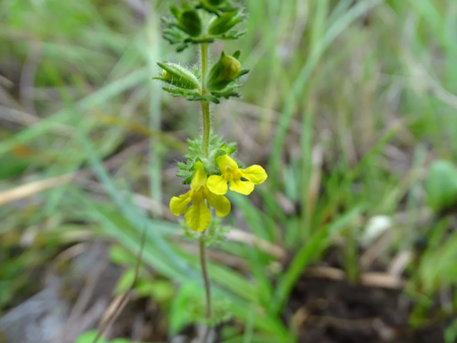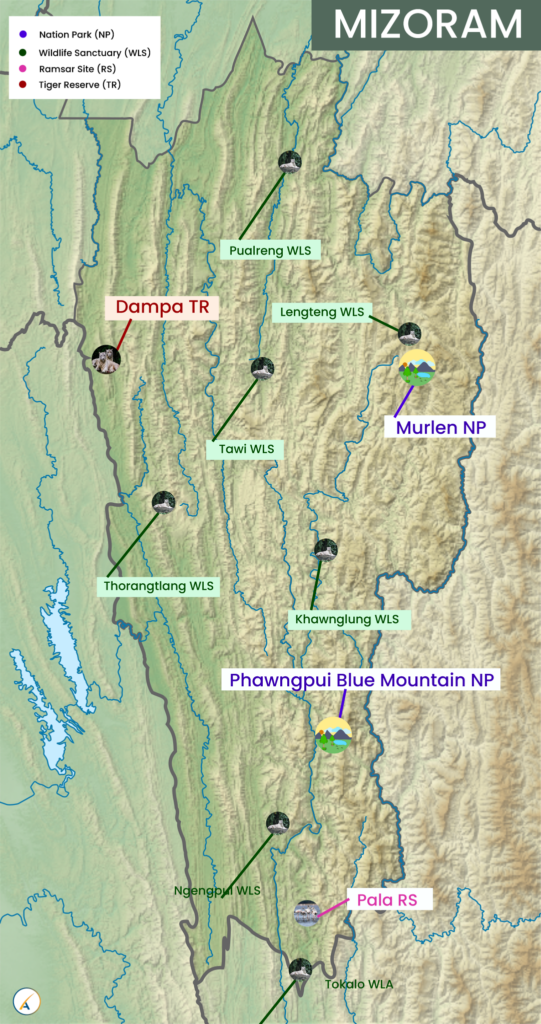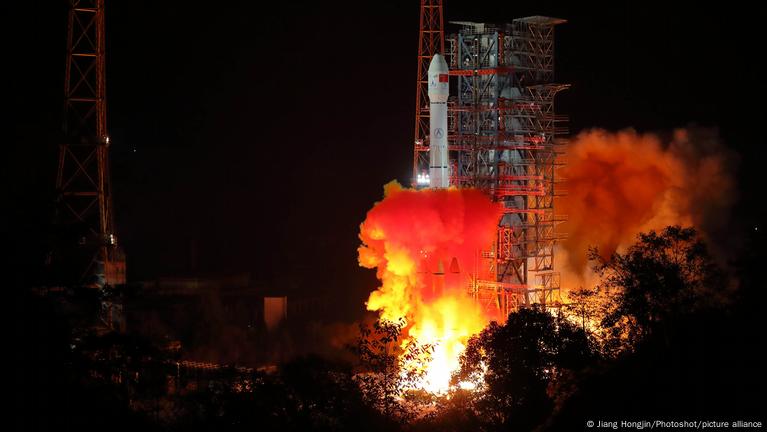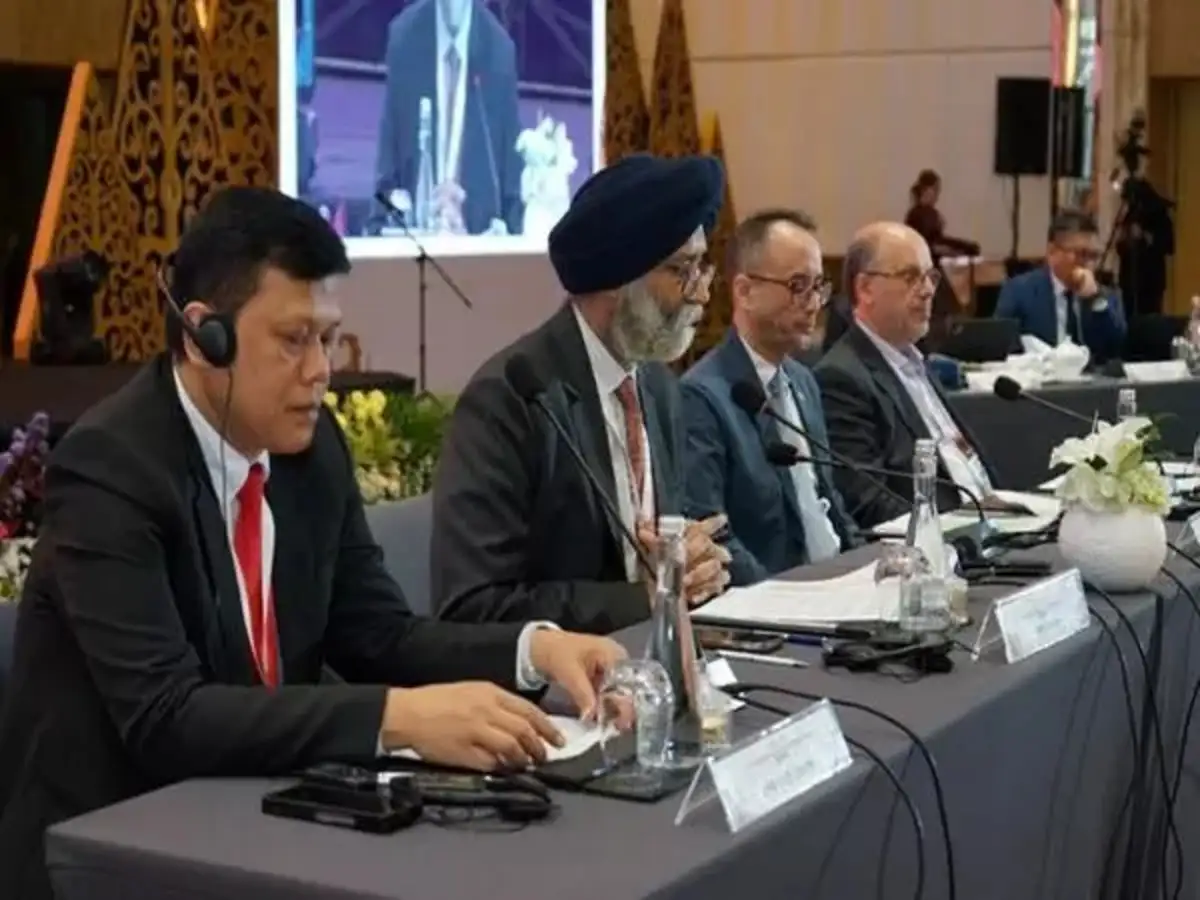- Courses
- GS Full Course 1 Year
- GS Full Course 2 Year
- GS Full Course 3 Year
- GS Full Course Till Selection
- Online Program
- GS Recorded Course
- NCERT (Recorded 500+ Hours)
- Polity Recorded Course
- Geography Recorded Course
- Economy Recorded Course
- AMAC Recorded Course
- Modern India, Post Independence & World History
- Environment Recoded Course
- Governance Recoded Course
- Science & Tech. Recoded Course
- International Relations and Internal Security Recorded Course
- Disaster Management Module Course
- Ethics Recoded Course
- Essay Recoded Course
- Current Affairs Recoded Course
- CSAT
- 5 LAYERED ARJUNA Mentorship
- Public Administration Optional
- ABOUT US
- OUR TOPPERS
- TEST SERIES
- FREE STUDY MATERIAL
- VIDEOS
- CONTACT US
Phtheirospermum Lushaiorum: A Rare Hemi-Parasitic Terrestrial Plant of Mizoram
Phtheirospermum Lushaiorum: A Rare Hemi-Parasitic Terrestrial Plant of Mizoram
21-05-2024

A rare plant species named Phtheirospermum lushaiorum has been discovered in Phawngpui National Park in Mizoram.
Introduction to Phtheirospermum lushaiorum:
- Phtheirospermum lushaiorum is a newly discovered species of hemi-parasitic terrestrial plant.
- Hemi-parasitic plants possess limited root systems, forming connections with other plants to obtain water and minerals.
- Despite their parasitic nature, they have chlorophyll and can produce their own food through photosynthesis.
- Specialised structures, called haustoria, allow them to enter the juice-conducting tissue of their host.
Discovery and Distribution:
- Phtheirospermum lushaiorum was discovered in Phawngpui National Park, Mizoram, India.

- These plants attach to the roots of their host and appear similar to normal plants growing in the soil.
Flowering and Fruiting:
- Phtheirospermum lushaiorum flowers from July to September.
- Fruiting occurs during August to October.
Etymology:
- The specific epithet "lushaiorum" honors the "Lushai" tribe of Mizoram.
Key Facts about Phawngpui National Park:
- Located in the Lawngtlai district of Mizoram, bordering Myanmar to the southeast.
- Phawngpui National Park is named after Phawngpui Mountain, the highest peak in Mizoram.
- It covers an area of 50 square kilometers, including Phawngpui Mountain, cliffs, and natural grasslands.
- Also known as Phawngpui Blue Mountain National Park due to the often cloud-covered mountainous region.
- The flora of the park includes grasses, orchids, rhododendrons, and oak.
- The fauna of the park includes diverse bird species and endangered mammals.
About Lushai Tribe:
The term "Lushai" historically referred to the Mizo people, an ethnic group native to the state of Mizoram in India and neighbouring areas. The British initially used the term "Lushai" to refer to the entire Mizo community after their first encounter with the Lusei clan.
Key Points about the Mizo People (Historically Lushai):
- Location: Primarily Mizoram, with communities in neighboring Indian states and countries.
- Language: Mizo, a Tibeto-Burman language.
- History: Known for their migratory practices and conflicts with the British.
- Culture: Rich traditions, including unique dances and festivals.
- Modern Mizoram: National Sample Survey Organisation declared Mizoram as 1st position, the highest literacy for 95% in 1996. According to Census 2001, it was 88.80%, 91.33% in 2011, thereby it occupied the 3rd position after Kerala and Lakshadweep.
Must Check: Best IAS Coaching In Delhi



